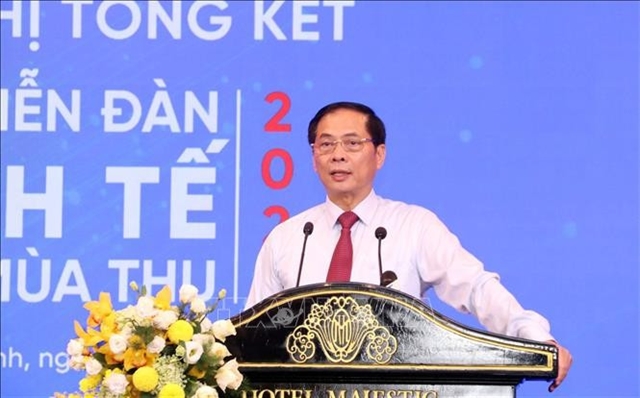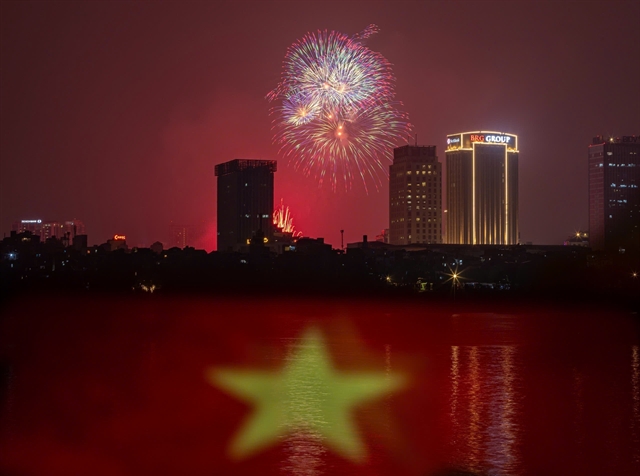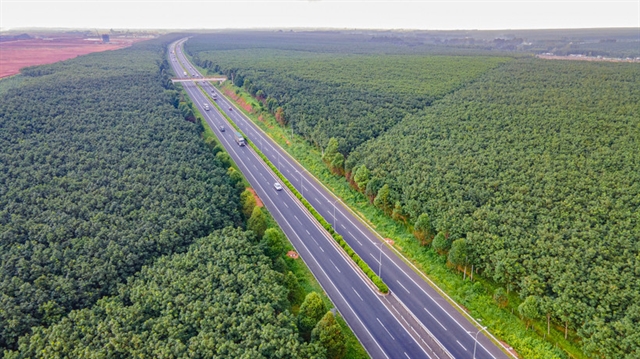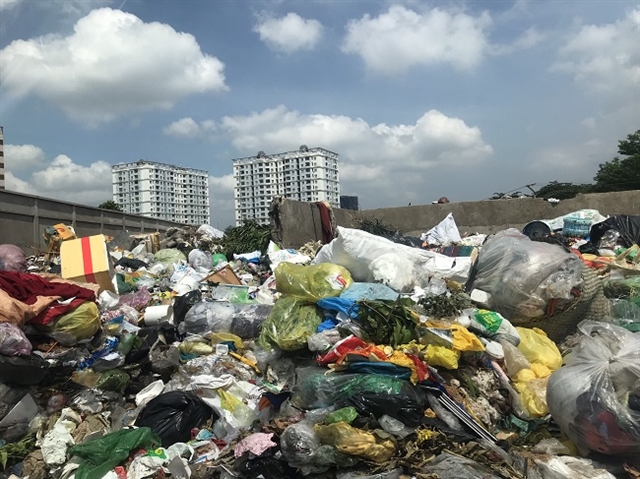 Economy
Economy

Minister of Planning and Investment Nguyễn Chí Dũng asked localities to clarify their objectives and the priority of public investment projects for 2021-25, to ensure focused investment.

|
| No Title |
HÀ NỘI — Minister of Planning and Investment Nguyễn Chí Dũng asked localities to clarify their objectives and the priority of public investment projects for 2021-25, to ensure focused investment.
He was speaking at an online conference on building the socio-economic development plan in the northern mountainous region and the Hồng (Red) River Delta on Wednesday.
Dũng said investment in public projects must be suitable with the State budget’s receipts and expenses balance ability in the five-year period.
He said large-scale projects which have a positive spillover on the socio-economic development of the region or locality must be the priority. Official development assistance (ODA) loans have steep interest rates, so it is necessary to select practical projects for localities.
“We will not borrow ODA capital to implement projects that can be socialised [capital contributed from various sectors] or can get domestic loans to minimise the burden of repayment for future generations,” Dũng said.
He urged localities to use various resources economically, especially by converting inefficiently used land to be used as projects in more efficient sectors. He also called for the revocation of investment projects that are not implemented yet or have been allocated more land than necessary.
Strict management and control of investment projects are needed to minimise losses to State budget revenue and wastefulness, he added.
According to Trần Duy Đông, director-general of the ministry’s Department for Local and Regional Economy, the northern midland and mountain region has reached only 12 of total 15 targets for 2020. The three remaining targets were gross regional domestic product (GRDP) rate, trained worker rate, and the rate of the urban population using clean water.
“Although the poverty reduction rate exceeded the plan, the region still has the highest poverty rate in the country,” Đông said.
As for the Red River Delta, Đông said the local economic growth rate in January-June reached 3.74 per cent, higher than the national average (1.81 per cent) and the northern key economic region reached 3.07 per cent. The index of industrial production (IIP) of some localities increased well such as Hải Phòng 12.8 per cent, Quảng Ninh 7.8 per cent, Hưng Yên 6.9 per cent, while some others including Vĩnh Phúc decreased 8.3 per cent and Bắc Ninh down 4.5 per cent year-on-year.
Đông said the processing and manufacturing sector continued to drive the regional economy.
“Although localities are focusing on socio-economic development, due to the serious impact of the COVID-19 pandemic, the 2020 regional socio-economic targets are predictably unreachable.”
To achieve the socio-economic goals, the authorities of Hà Giang People's Committee proposed the ministry amend and supplement the Government’s Decision 12/2017/QĐ-TTg dated April 22, 2017, on promulgating regulations on principles, criteria and norms for allocating central budget capital and regional counterpart fund ratio for the national target programme on building new rural areas in the 2016-020 period.
A Hà Giang Province representative said the current allocation of capital is still average and not promoting the advantages of each locality. The ministry should issue circular guiding localities to implement projects effectively.
A representative of Lào Cai provincial People's Committee also proposed the ministry to assign public investment capital in 2021 as well as medium-term public investment in the period of 2021-25 to localities to implement projects actively.
The province expected the ministry to support capital from the State budget for a number of key national projects in localities, helping it conduct projects related to Chinese partners such as an airport in Sa Pa and a bilateral border gate with China.
At the conference, representatives also discussed and exchanged solutions for impacts caused by the COVID-19 pandemic, plans for socio-economic development in 2021-05 and policies to push up economic growth, public investment capital disbursement and other capital resources. — VNS




